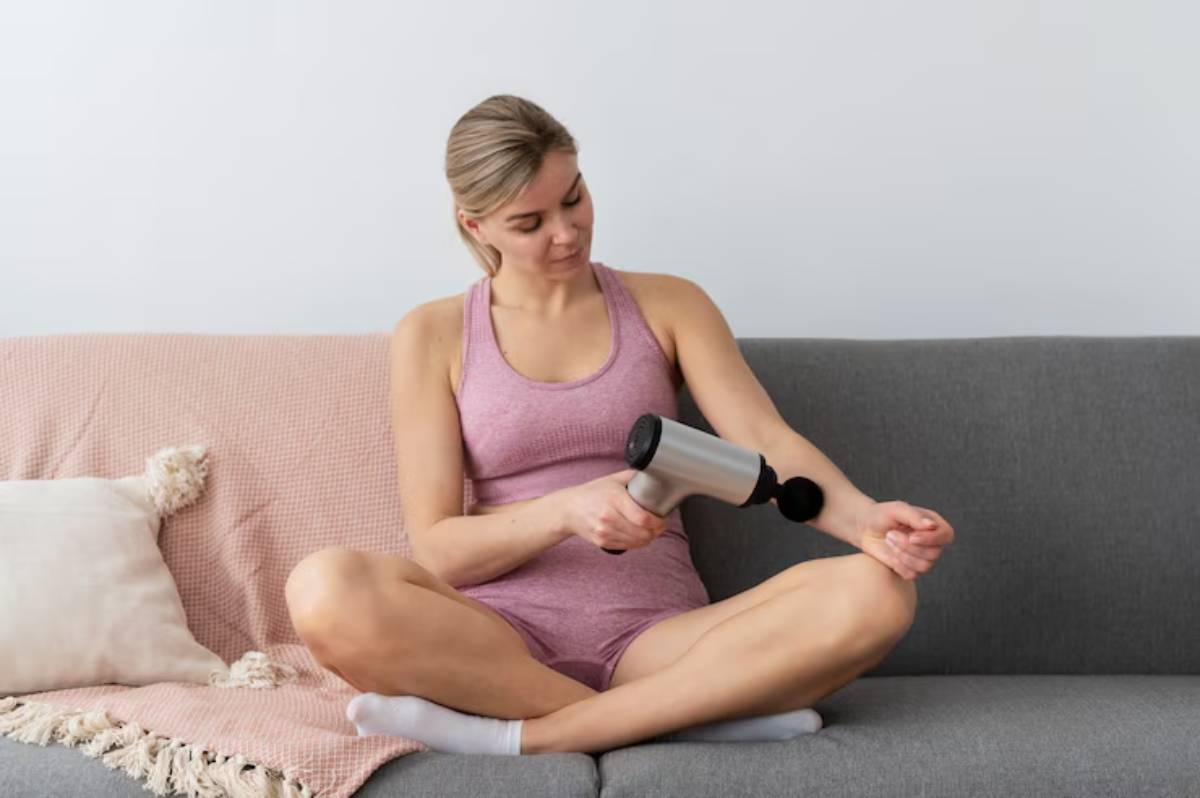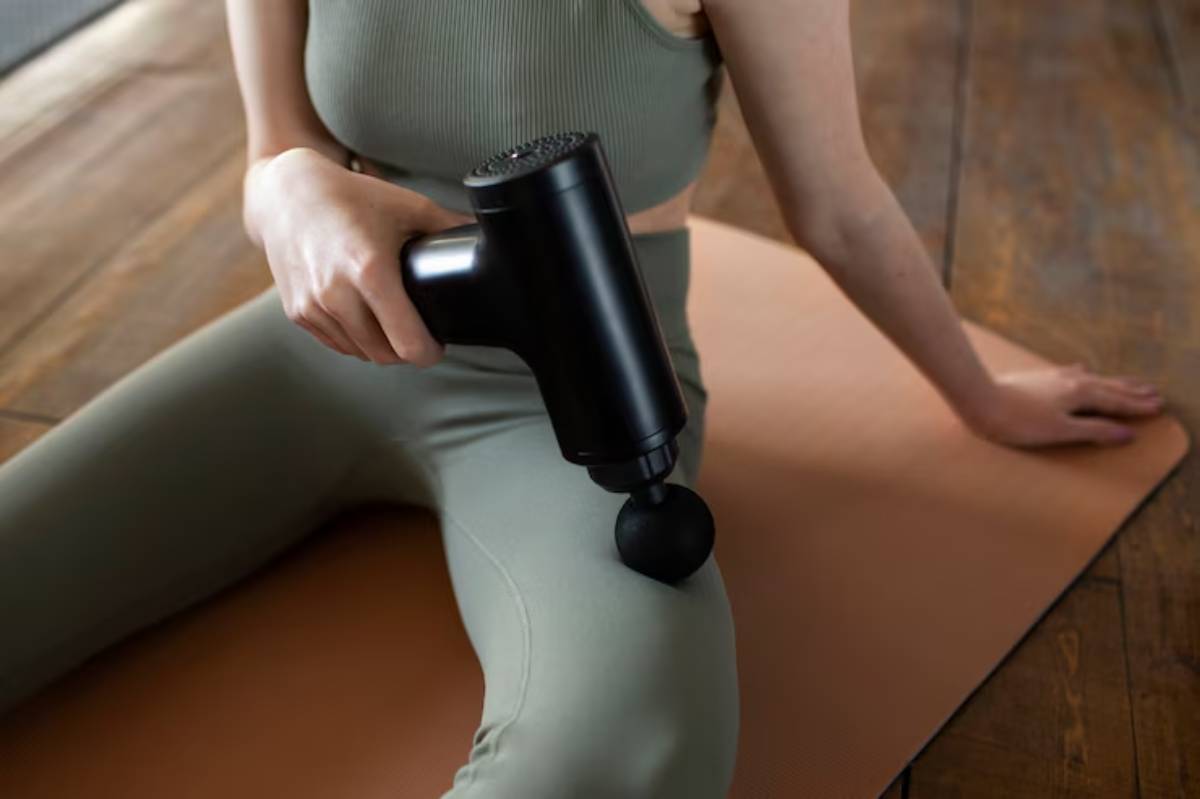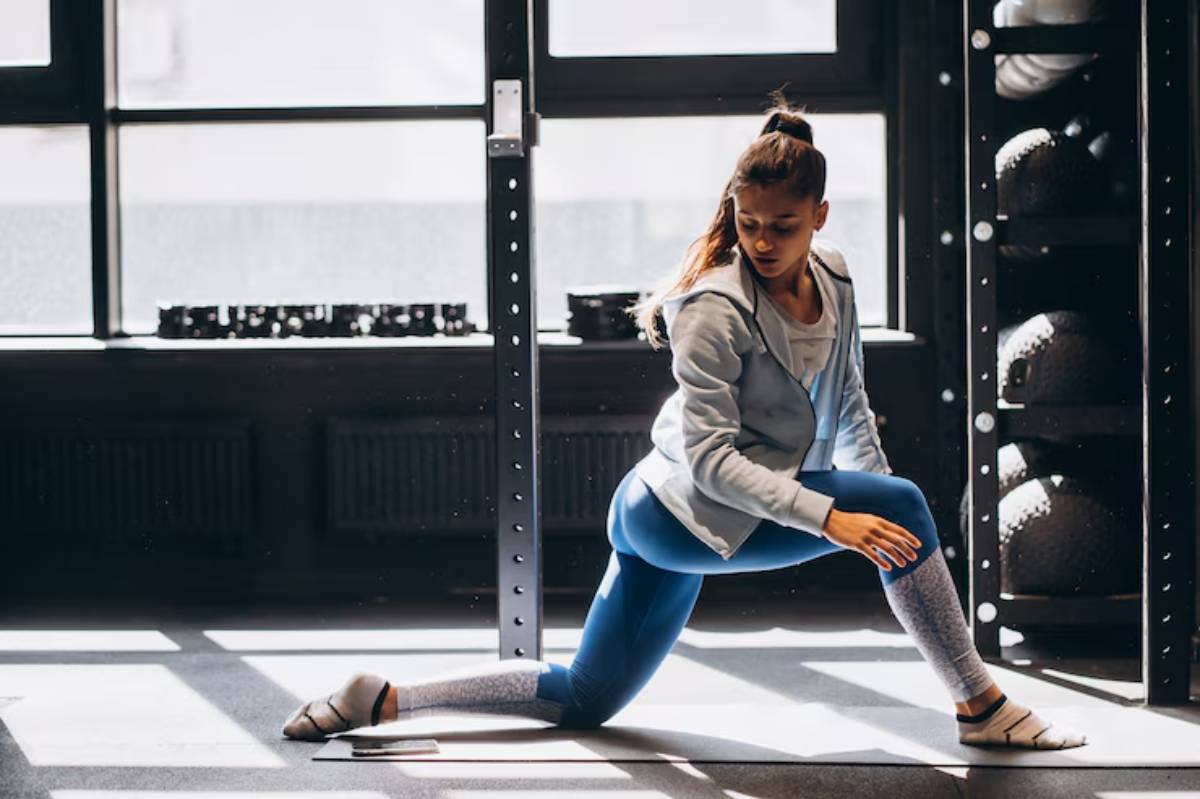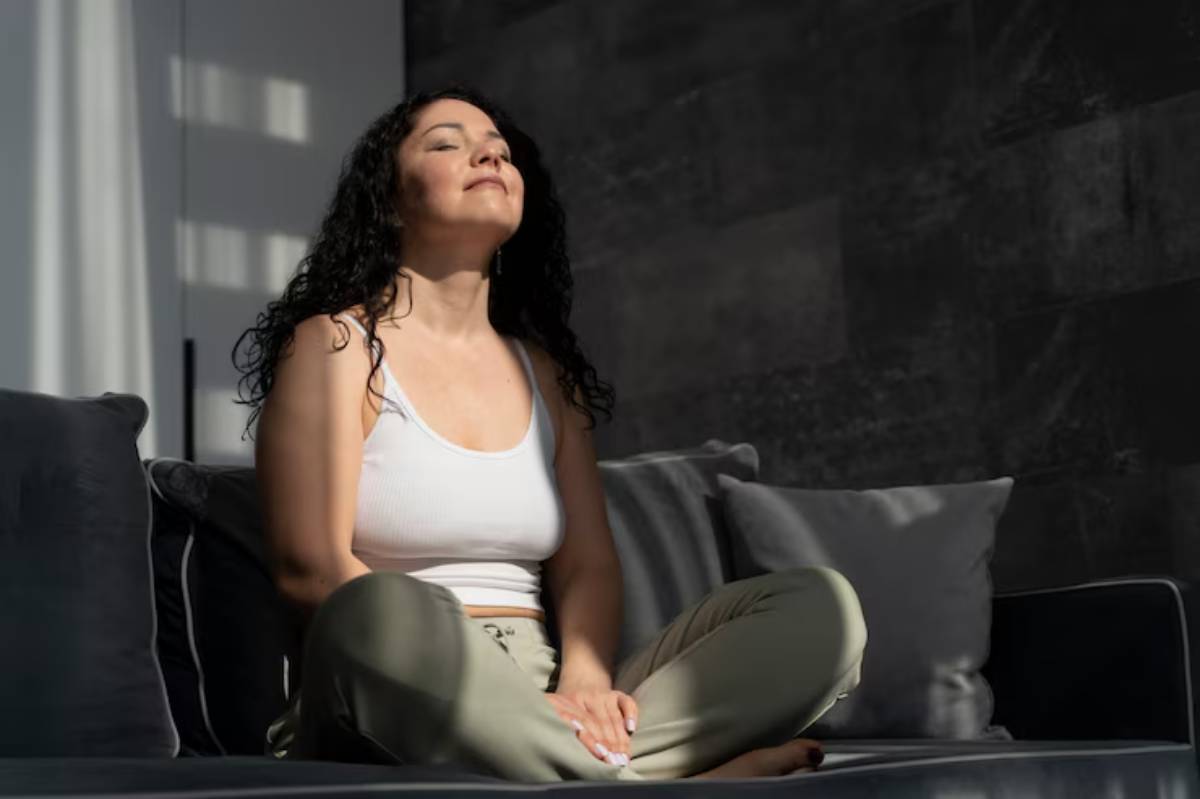
How to Use a Massage Gun Effectively: Your Complete Guide
You’ve seen them in gyms, on social media, or maybe tucked into a friend’s gym bag—those space-age-looking devices called massage guns. With their rapid pulses and sleek design, they promise quick recovery and tight muscle relief. But here’s the kicker: most people aren’t using them effectively.
Whether you’ve already got one or are thinking of investing, it’s essential to understand the right massage gun usage. Done right, massage guns can speed up recovery, reduce soreness, and even enhance performance. Done wrong, you risk bruising, irritation, or simply wasting your time.
In this guide, we’ll unpack the science behind these devices, explain when (and when not) to use them, and walk you through handheld massager techniques that actually work. You’ll come away confident in your approach—and maybe a bit less sore, too.
What Is a Massage Gun and How Does It Work?
The Basics of Percussive Therapy
A massage gun is a handheld device that delivers rapid pulses (percussions) into muscle tissue. It’s like a deep-tissue massage on demand—fast, portable, and targeted.
The rhythmic tapping stimulates:
- Blood flow and circulation
- Relaxation of tight fascia and muscles
- Pain-relieving sensory receptors
- Lymphatic drainage for toxin removal
The goal? To promote faster muscle soreness relief and reduce tension without needing a massage therapist.
The Science Behind Massage Guns
Do They Actually Work?
According to a 2021 review in the Journal of Sports Science & Medicine, percussive therapy effectively improves range of motion and reduces DOMS (delayed-onset muscle soreness), especially when used immediately after a workout or before heavy training.
Massage guns stimulate the Golgi tendon organ, encouraging the muscle to relax, while also desensitising pain signals and increasing tissue elasticity.
But results depend on:
- How do you use it
- When you use it
- Where on the body it applied

When to Use a Massage Gun
The Right Time Matters
Use your massage gun:
- Before workouts for activation and mobility
- After workouts, to reduce soreness and tension
- On rest day,s to improve circulation and recovery
- Before bed (on low speed) for relaxation
Avoid using it:
- Over fresh injuries, bruises, or fractures
- In areas with inflammation or open wounds
- Directly over joints or bony prominences
If you’re combining tools, try using a foam roller first to mobilise fascia and follow with your massage gun for deep tissue targeting. (Still unsure? Here’s a full comparison of foam rolling vs percussion massage.)
How to Use a Massage Gun Effectively
It’s Not About Digging Deep
You don’t need to press hard or use the highest speed setting to get results. In fact, less is often more.
Basic Technique:
- Turn on the gun before placing it on your body.
- Gently rest it on the target muscle (don’t push into it).
- Slowly move it along the length of the muscle for 1–2 minutes.
- Use circular or linear strokes depending on the muscle shape.
- Spend extra time on tight areas or tender spots (without pain).
Targeting Specific Areas:
| Muscle Group | Technique |
| Quads & Hamstrings | Long slow strokes along the length of the muscle |
| Glutes | Small circular motions, especially around the piriformis |
| Calves | Up and down the muscle belly, avoid hitting the Achilles |
| Shoulders & Traps | Glide across the top of shoulders, avoid bony edges |
| Lower Back | Stay on the muscles beside the spine, never over the spine |
| Arms | Short strokes across biceps/triceps at low speed |
Use for about 30 seconds to 2 minutes per muscle group.

Best Massage Gun Settings to Use
Speed Isn’t Everything
Most massage guns offer variable speed settings.
Here’s how to match the setting to the purpose:
- Low Speed (1–2): Nervous system calming, cool down, stress relief
- Medium Speed (3–4): General muscle recovery, post-workout relief
- High Speed (5–6): Pre-workout activation or targeting deep knots (briefly)
For beginners or sore muscles, stick to lower speeds and build up your tolerance.
Choosing the Right Massage Gun Attachment
One Size Doesn’t Fit All
Different heads = different functions. Use the right one for the job.
| Attachment | Best For |
| Round Ball | General use on large muscle groups (quads, glutes, etc.) |
| Flat Head | Broader coverage with less pressure—great for sore muscles |
| Bullet Head | Targeted work on knots or trigger points (careful here) |
| Fork Head | Avoiding the spine while working paraspinal muscles |
| Cushioned Head | Sensitive areas or bony regions |
Test each attachment and find what feels effective without discomfort. Don’t force deep pressure—it’s counterproductive.
Common Mistakes to Avoid
More Isn’t Always Better
1. Going Too Hard, Too Fast
Hammering a sore muscle can actually irritate it more. Let the tool do the work—don’t press it into the muscle.
2. Holding It in One Spot for Too Long
You risk bruising or nerve sensitivity. Keep it moving, especially on smaller muscle groups.
3. Using It Over Joints
Never use your massage gun over your kneecap, elbows, or spine. Always target the muscle belly.
4. Overusing It
Using it multiple times a day on the same muscle can lead to desensitisation or over-relaxation, which isn’t always helpful.
Real-World Use Case: After a Heavy Leg Day
Let’s say your quads and glutes are sore after heavy squats and lunges.
How to recover:
- Start with light foam rolling for 2–3 minutes per leg
- Massage gun on quads and glutes for 1–2 minutes each
- Focus on slow, sweeping movements and breathe deeply
- Follow with light stretching or mobility work
Then maybe finish off with a contrast shower recovery if you’re really sore.
When Not to Use a Massage Gun
Listen to Your Body
Avoid use if:
- You have a bleeding disorder or are on blood thinners
- You have varicose veins, blood clots, or deep vein thrombosis
- You’re dealing with acute injury (like a tear or strain)
- You experience numbness or tingling
Always consult a professional if you’re unsure. Massage guns are tools—not cures—and they don’t replace professional diagnosis or treatment.
Creating a Post-Workout Recovery Routine
Keep It Simple and Sustainable
You don’t need to spend an hour after each session with a massage gun.
Try this efficient flow:
- 5 minutes of foam rolling (optional)
- 6–8 minutes of massage gun use across key muscle groups
- 5–10 minutes of stretching or breathwork
When done consistently, you’ll feel the difference in soreness, mobility, and readiness for the next session.
Conclusion: Make It a Habit, Not a Hassle
Massage guns are more than a flashy fitness trend. Used wisely, they’re a practical, effective way to support your body, relieve tension, reduce soreness, and enhance overall recovery.
But like any tool, it works best when used with intention. There is no need to overdo it or fear it. Start small, listen to your body, and explore what works for you.
So next time your muscles are shouting after leg day, reach for your massage gun—not just because it feels good, but because you’re using it like a pro.


